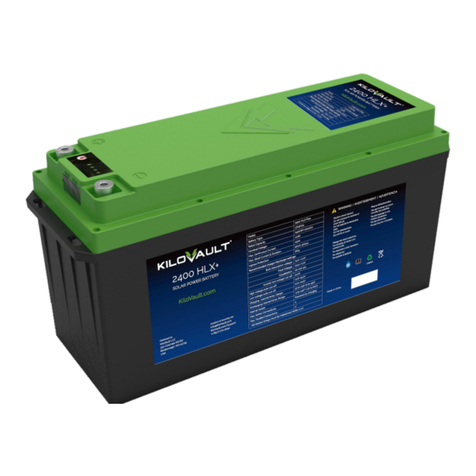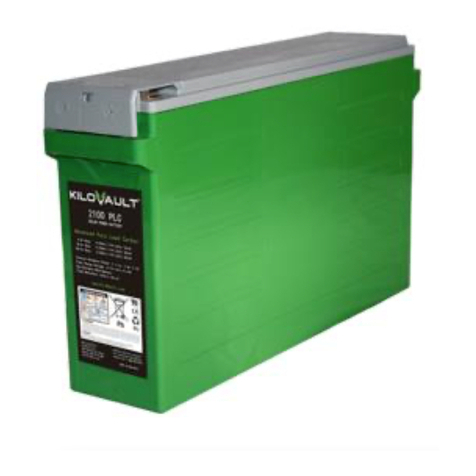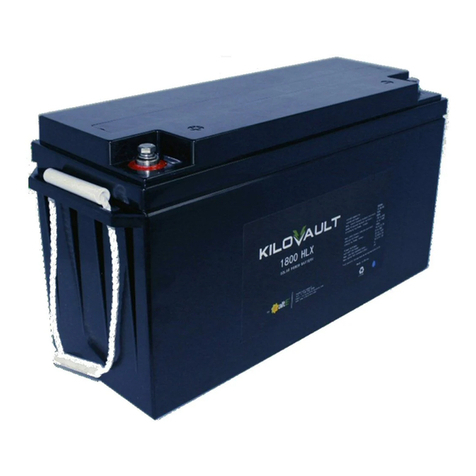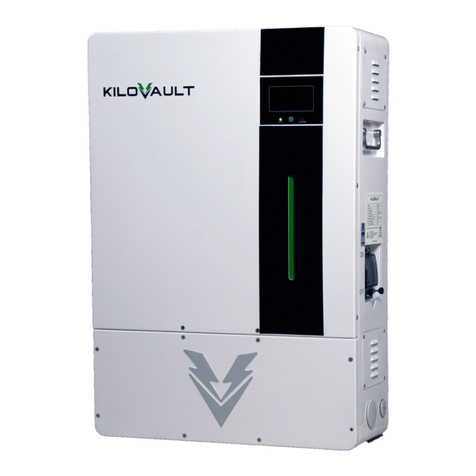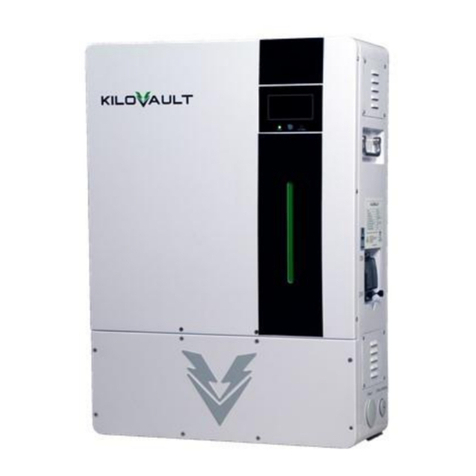2 of 28
Contents
1. Safety Information ............................................................................................................................. 5
1.1. Definitions .................................................................................................................................. 5
1.2. Important Safety Information .................................................................................................... 5
2. Overview............................................................................................................................................ 7
2.1. Product Technology .................................................................................................................... 7
2.2. Bluetooth Monitoring Application ............................................................................................. 7
3. Installation Requirements ................................................................................................................. 9
3.1. Pre-Installation ........................................................................................................................... 9
3.1.1. All Batteries Must Be Fully Charged to the Same Voltage Prior to Use .............................. 9
3.1.2. Do Not Use DC Chargers Exceeding 150 Amps ................................................................. 10
3.1.3. Add Batteries of Exact Same Model Together .................................................................. 11
3.1.4. Disable Your Chargers Equalizing Cycle............................................................................. 11
3.1.5. Do Not Use a Battery Temperature Sensor (BTS).............................................................. 11
3.1.6. Temperature and Battery Physical Spacing....................................................................... 12
3.1.7. Insulating Battery Enclosure in Cold Temperatures.......................................................... 12
3.1.8. Battery Interconnect Cabling ............................................................................................ 12
3.1.9. Digital Voltmeters.............................................................................................................. 13
3.1.10. Environmental Conditions for Batteries ........................................................................ 13
3.2. Installation................................................................................................................................ 13
3.2.1. Configurations................................................................................................................... 13
3.2.2. Bolt Tightening .................................................................................................................. 14
4. Operation......................................................................................................................................... 15
4.1.1. Configuring Charge Controller & Inverter Voltage Set-points........................................... 15
4.1.2. Disable Equalization .......................................................................................................... 15
4.1.3. “Gel/Sealed Battery” Settings........................................................................................... 16
4.1.4. Energize Your Inverter First ............................................................................................... 16
4.1.5. Self-Protection Mode by the BMS..................................................................................... 16
4.1.6. Charge Rate ....................................................................................................................... 16
4.1.7. Temperature & BMS Self-Protection................................................................................. 16


